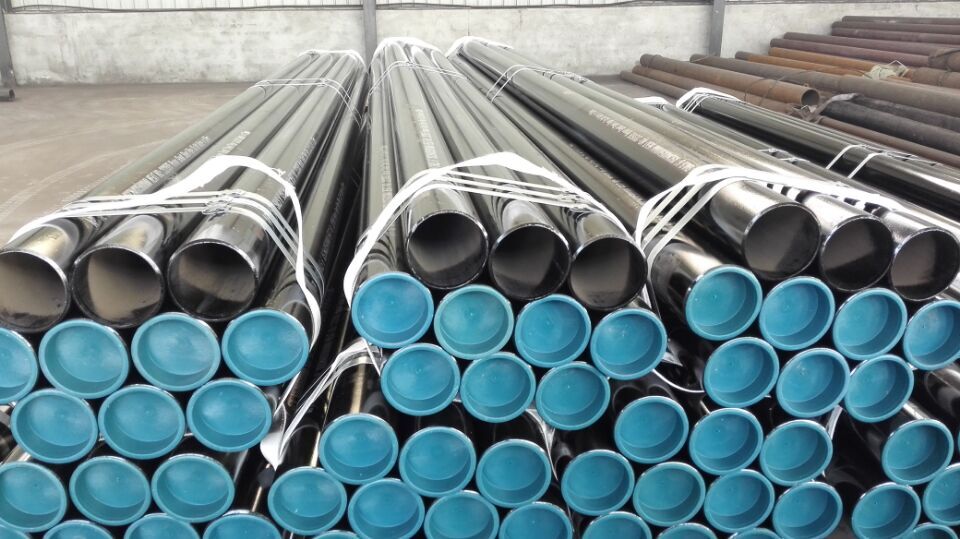From the criss-crossing water supply networks underground in cities to the energy transportation corridors across the continent, pipeline pipes, as the "invisible veins" of modern industrial civilization, carry multiple missions of resource allocation, energy transmission and environmental protection. Driven by the dual goals of Industry 4.0 and carbon neutrality, the application scenarios and technical connotations of pipeline pipes are undergoing profound changes. This article will analyze the core value of pipeline pipes in modern society from three dimensions: technological evolution, industry application and future challenges.

1. Technological evolution: from material revolution to intelligent monitoring
The technological iteration of pipeline pipes has always revolved around three core needs: safety, efficiency and adaptability. Early cast iron pipes and galvanized steel pipes were gradually eliminated due to defects such as easy corrosion and short life, and were replaced by high-strength steel, corrosion-resistant alloys and composite materials. For example, the yield strength of X80/X100 grade pipeline steel exceeds 555MPa, which reduces the wall thickness of the pipeline by 20% during high-pressure transportation, significantly reducing the construction cost.
The introduction of intelligent technology has further improved the reliability of pipelines. Distributed fiber optic sensors can monitor pipeline strain, temperature and micro-leakage in real time, while AI algorithms can predict pipeline fatigue life through pressure fluctuation data. In 2021, the China-Russia East Line Natural Gas Pipeline adopted the "intelligent welding machine + digital twin" technology, with a welding qualification rate of 99.3% and an operational efficiency improvement of 40%.
2. Multi-scenario application: energy, ecology and urban lifeline
Energy transportation: intercontinental energy artery
62% of the world's crude oil and 75% of natural gas are transported by pipeline. Taking the Central Asian natural gas pipeline as an example, its D1422mm pipe diameter is designed to have an annual gas transmission capacity of 55 billion cubic meters, which is equivalent to replacing 150 million tons of coal combustion. In shale gas development, the application of sulfur-resistant carbon steel pipes (such as L360QS) solves the problem of H₂S corrosion and increases the recovery rate of gas fields in the Sichuan Basin to 35%.
Ecological protection: "reverse pipeline" for carbon dioxide storage
Carbon capture and storage (CCS) technology has created new demand for high-pressure CO₂ transmission pipelines. The Norwegian "Northern Lights" project uses duplex stainless steel pipelines to inject liquid CO₂ into the seabed salt layer at a pressure of 60 bar, with a single pipeline annual storage capacity of 1.5 million tons.
Urban lifeline: innovation of trenchless technology
In the city's underground integrated pipeline corridor, HDPE winding reinforced pipes can withstand a magnitude 7 earthquake with flexible connection technology. Micro-tunnel jacking technology (MTBM) achieved a one-time jacking of 2.3 kilometers of 3m diameter steel pipes in the construction of Shenzhen Metro, and the ground settlement was controlled within 5mm.
III. Challenges and future: extreme environment and sustainable development
Breakthrough in adaptability to extreme environments
The Arctic Yamal LNG project uses -60℃ low-temperature tough steel pipes, and refines the grains by adding 0.02% niobium elements; deep-sea pipelines use composite coatings (FBE+polypropylene) to resist 3000m water pressure and microbial corrosion.
Material revolution under the circular economy
The EU's "Green Pipeline 2030" plan requires that the proportion of recycled materials in new pipelines should not be less than 30%. The hydrogen pipeline steel developed by Austrian voestalpine maintains hydrogen embrittlement resistance while adding 15% recycled scrap steel.
Digital twin and risk warning
The pipeline digital twin system based on BIM+GIS can simulate the stress impact of geological disasters on pipelines. According to statistics from the US PHMSA, the intelligent monitoring system has shortened the response time for pipeline leaks from 72 hours to 45 minutes.

